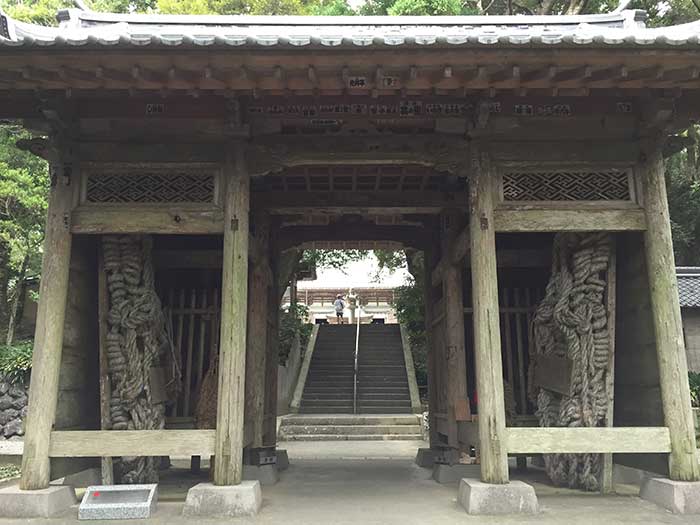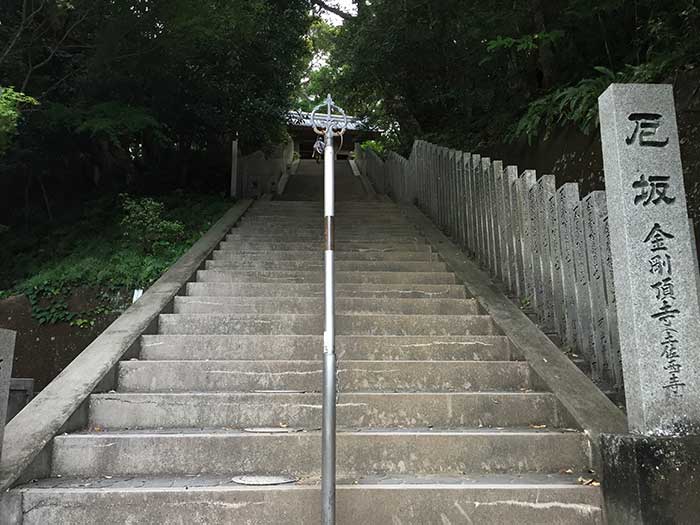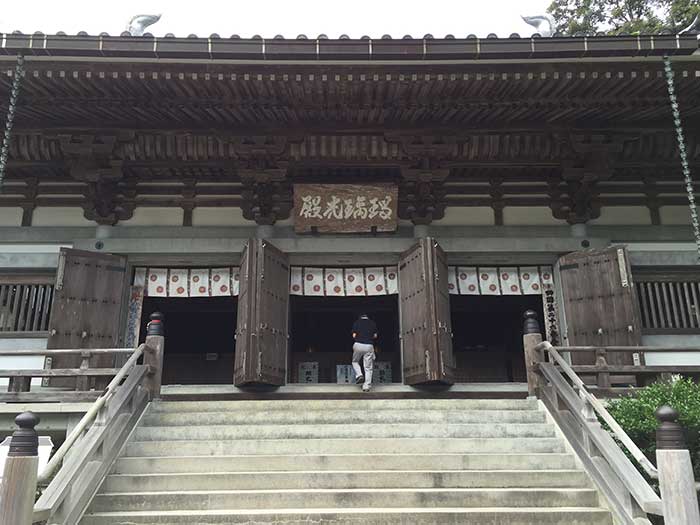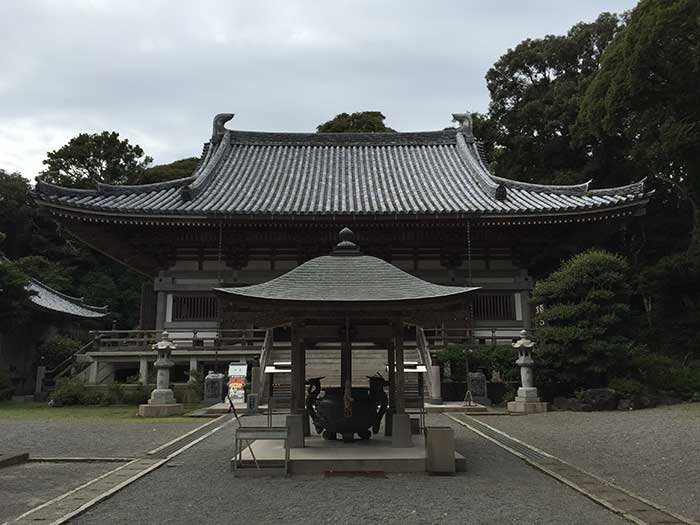The 26th temple is Kongōchō-ji(金剛頂寺).
The distance from the previous temple (27th) is 27.5km.

The entrance to Kongōchō-ji. There are large traw sandals to the left and right of the old gate.

There are many stairs to this gate, and it is difficult for even young people to climb.

This is the main hall of Kongōchō-ji. Yakushi Nyorai is enshrined.
A large hall with a large exterior has been built.

This is the hall with an enshrined statue of Kobo Daishi.
We pray calmly for the safety of our families and the peace of the world.

There was a place to hope not to get cancer. Is the object of worship a cancer cell?
NFT – Crypto Ohenro #63 Goshuin of Kongōchō-ji(金剛頂寺) –

The red stamp of the 26th temple, Kongōchō-ji.
I have to go around 25 more temples.
The distance to the next temple is 3.8km.
